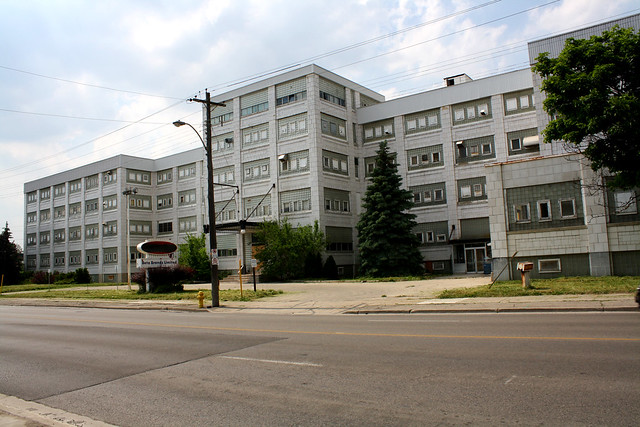
I must admit, I have a sweet tooth. Not just for candy and chocolate either. I also have a sweet tooth for abandoned buildings and underground hip hop music.
On this day, I would satiate them all.
After a long drive, the main course came in the form of the Candy Factory.
Thomas McCormick immigrated from Northern Ireland to London, Ontario in 1849 and worked as a grocery clerk before becoming a confectioner. He started a small confectionery business in 1858 and built it into one of the largest in Canada, earning him the moniker 'The King of Candy'.
Thomas' three sons followed in their father's footsteps. They grew up working for the family business, and after their father passed away in 1906, Frank, George and Thomas Jr. purchased McCormick's from the Estate and took control of the company.
Having outgrown yet another facility, Thomas Jr. travelled the globe researching the most effective methods for candy, chocolate and biscuit production. Local architects Watt and Blackwell were commissioned to design a new state of the art McCormick's candy factory. The new five-storey, 432,000 square-foot building, which cost $1 million to construct, opened in 1914 with 420 employees and was billed as “one of the finest and most sanitary factories in North America.” At that time the plant produced 61,000 kg of candy and 45,000 kg of biscuits per day.
"This Henry G. Hines photograph c. 1915 shows McCormick’s employees at work in the plant’s chocolate dipping section. The girls and young women who did the work could average 45 kilograms of chocolate a day. Later, a machine called a “chocolate enrober” was dipping more than 900 kg of chocolate an hour." -James Reaney (London Free Press)
The candy factory was, and still is, commonly referred to by locals as the "Palace of Sweets," for obvious reasons, and the "Sunshine Palace," due to the unique design feature in which windows made up 68 percent of the exterior walls. Constructed of concrete and steel and faced with white glazed terra cotta, the plant played catalyst to the subsequent surrounding development of the industrial heart of Old East London.
McCormick's Biscuits & Candy circa 1968. Photo found online.
According to company records, there were 1,194 employees in 1952.
At some point, the sprawling warehouse buildings were added at the rear of the plant.
In its latter years, the company struggled to stay afloat and the brand changed hands several times. In December of 2006, there began to be cause for concern for the employees: new raw materials were not being ordered, machines were not undergoing scheduled maintenance and management became unreachable. This concern escalated when all 275 employees were sent on their regular two week Christmas holidays, but were told not to return until late January. On January 3rd of 2007, the bad news broke: McCormick's had gone into receivership and the plant was to be immediately shut down.
McCormick's has sat empty since its closure and has succumbed to the wrath of mankind and become a bone of contention in the community. Scrappers have stolen hundreds of thousands of dollars worth of metals from the building, according to the scrapper we encountered during our visit. And an arsonist set fire to the rear warehouse in September of 2012, causing $100,000 damage. A large segment of the community would like to see the building preserved, restored and repurposed. Others would like to see it destroyed. The consensus is that Londoners would prefer that whatever is going to happen, happen sooner rather than later. But as is often the case with buildings like this, the future of the plant remains in limbo, up in the bureaucratic air.
On the day of our visit in late May of 2012, we were baking in the hot sun. Wink wink. We approached cautiously and entered with ease. The sound of electric saws and the noisy grinding of metal on metal echoed throughout the building. We did our best to evade what we knew were scrappers, but eventually our paths crossed, and we shared a moment, a few cigarettes and a brief conversation. The basement was flooded and therefore inaccessible, but aside from that, we explored most of the historic candy factory. Hours later, as we exited, so to did the scrapper. He waited for us to get out in the open and then assumed the coast was clear. And then he zipped out on his bike. With his backpack stuffed full of pipes cut to size, he faded away in the opposite direction.
On the back roads towards Guelph, we found the Thames Centre Thorndale House, which provided a healthy afternoon snack.
And then came dessert. One of our very favourite musicians was playing in Guelph that night. And so we feasted yet again, satiating the musical sweet tooth with Ceschi Ramos.
It only seems fitting to serve up these dishes to you in one healthy meal. So here you are...
Tonight's special is the McCormick's Candy Factory served with Ceschi's Forgotten Famous.
Enjoy.
"When something beautiful dies..."
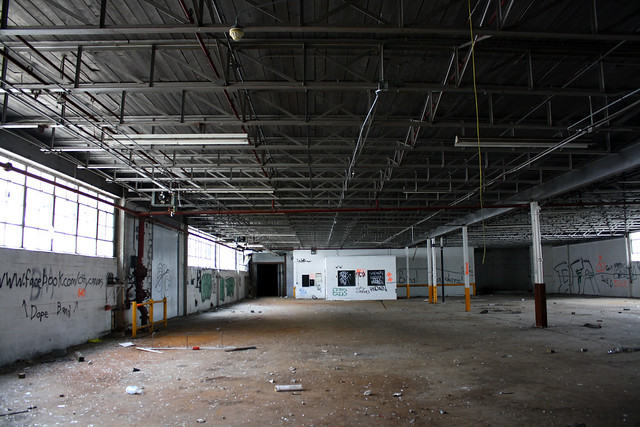

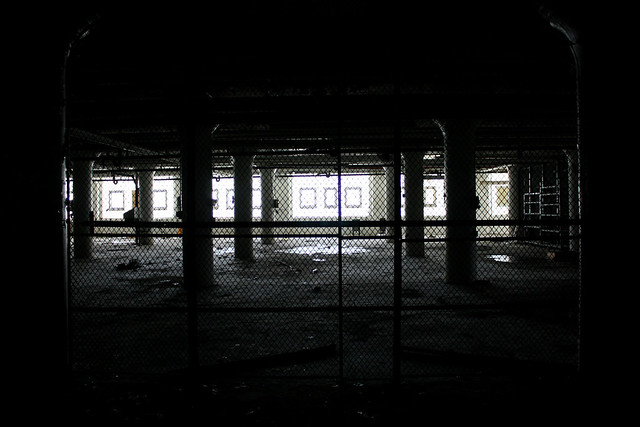
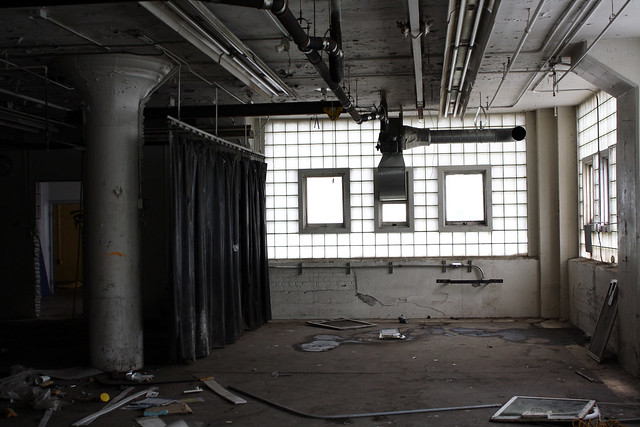

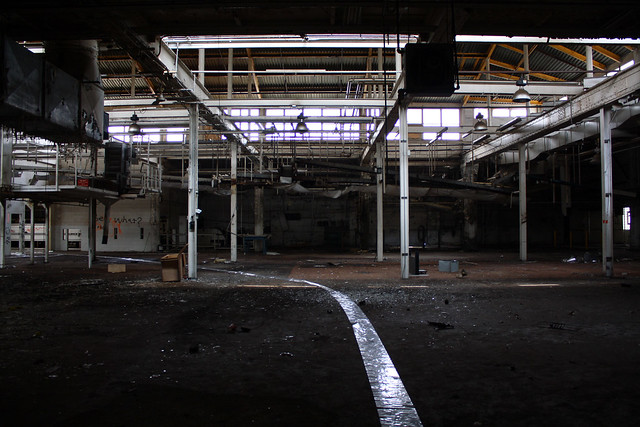

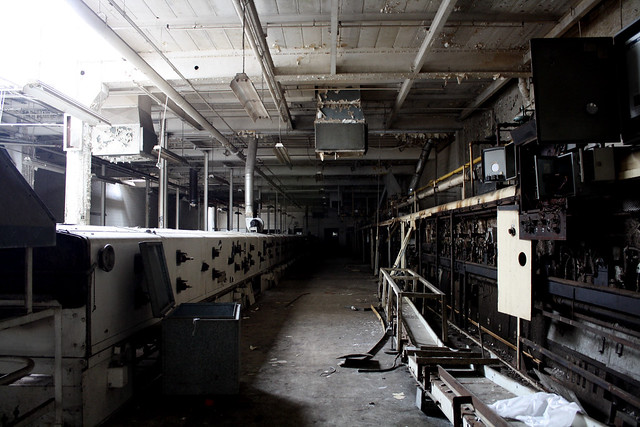

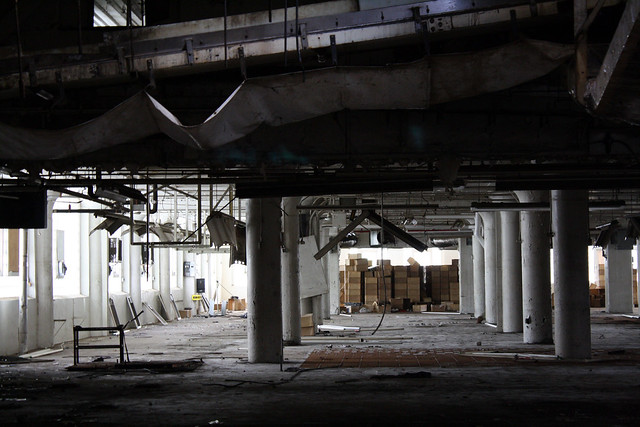
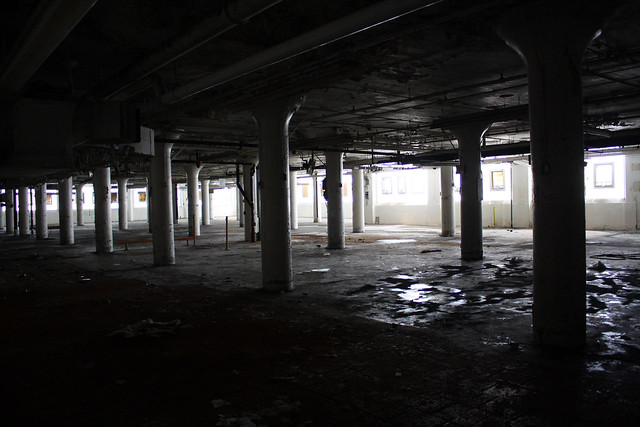
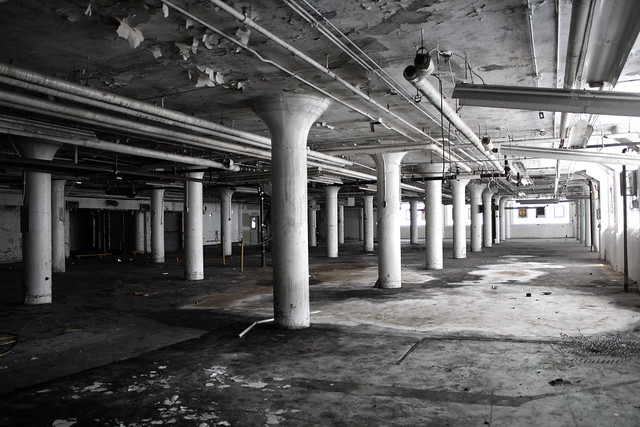

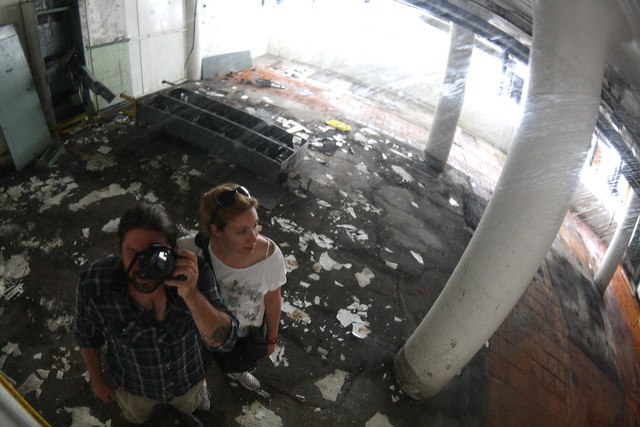

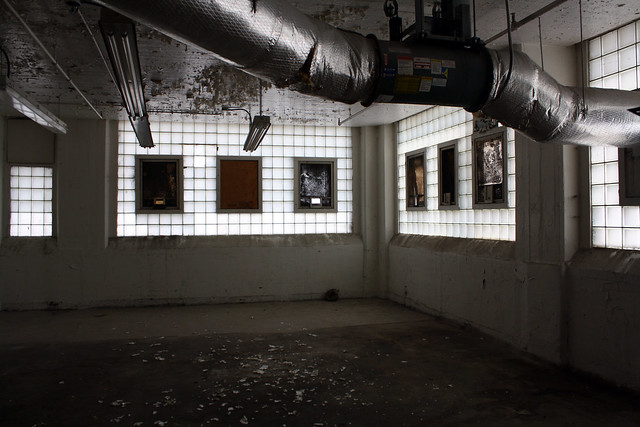

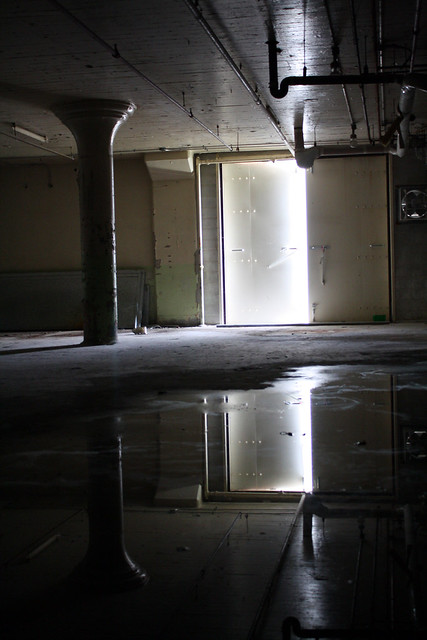
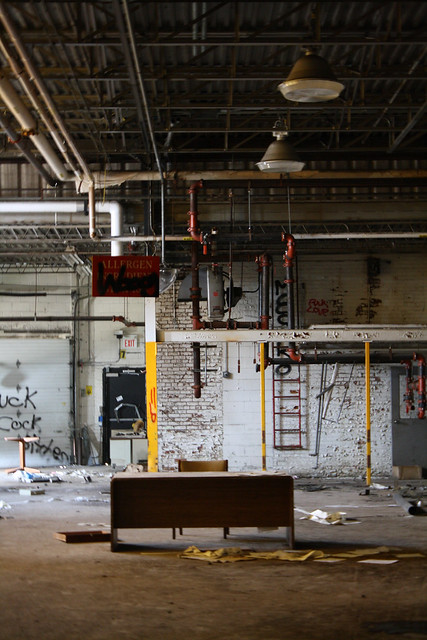


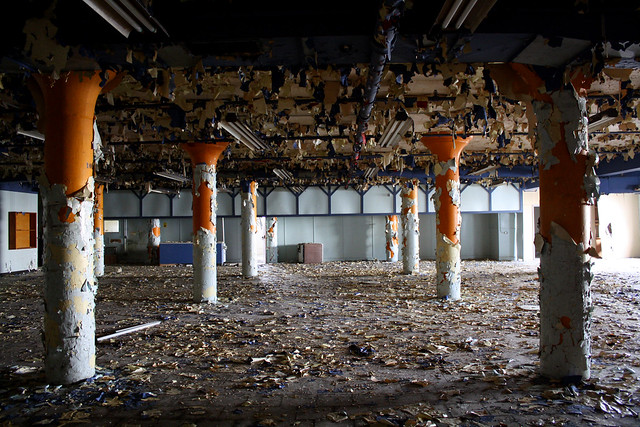

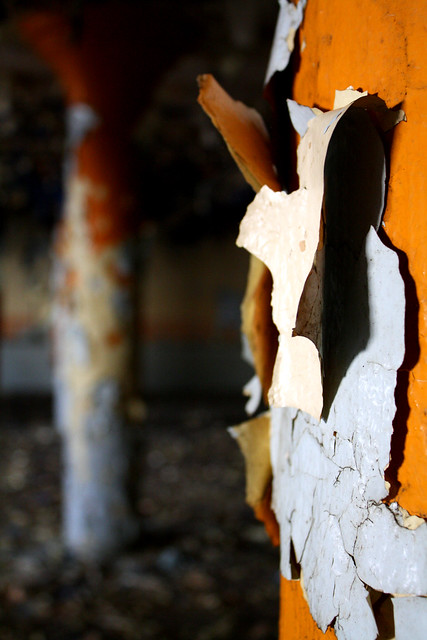
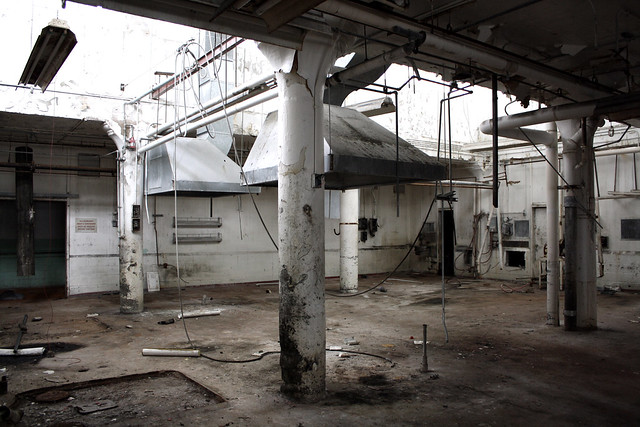
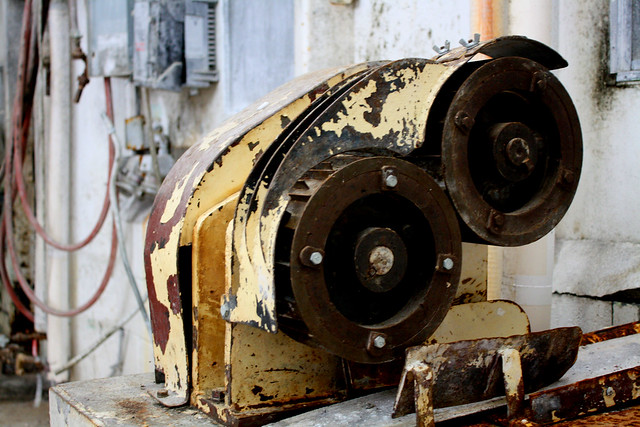
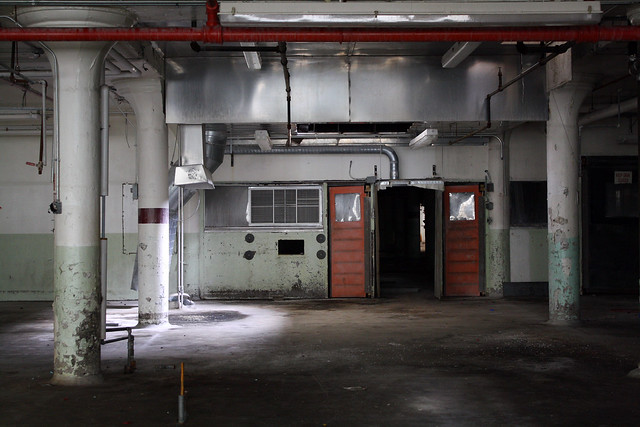

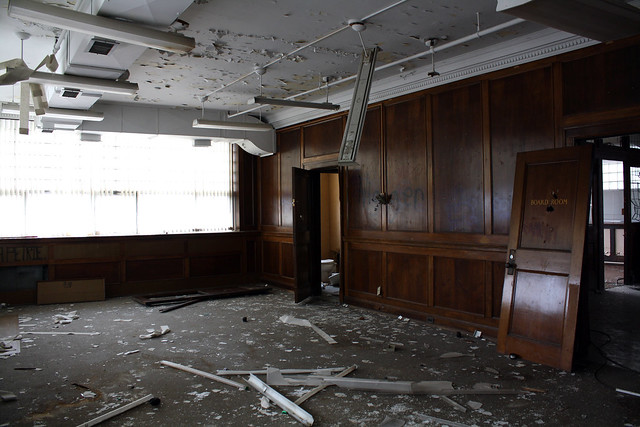
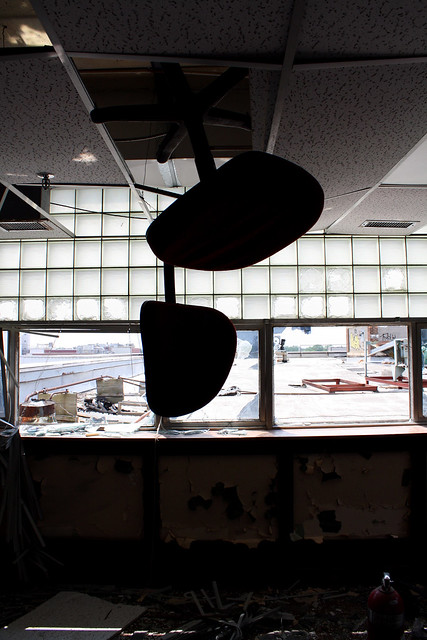
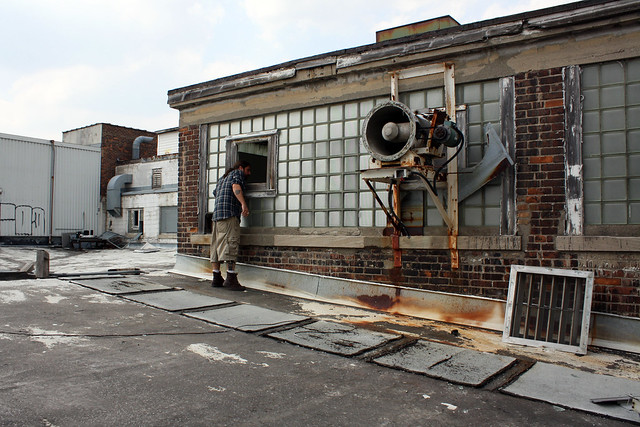
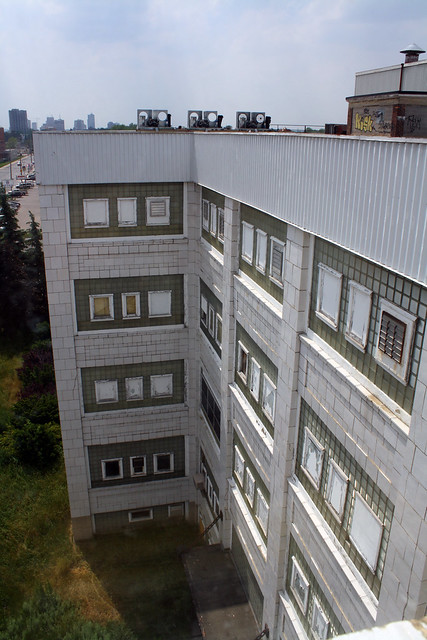

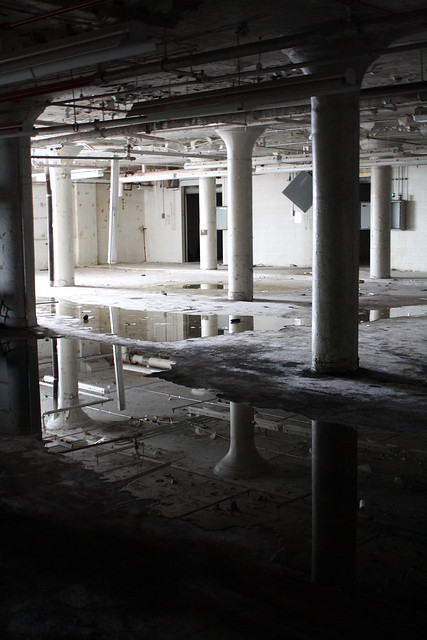
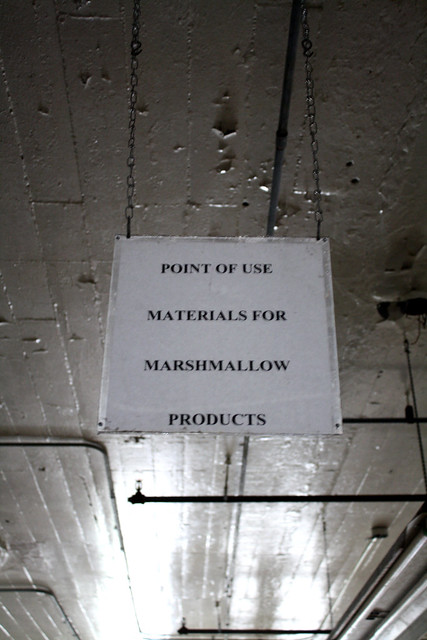

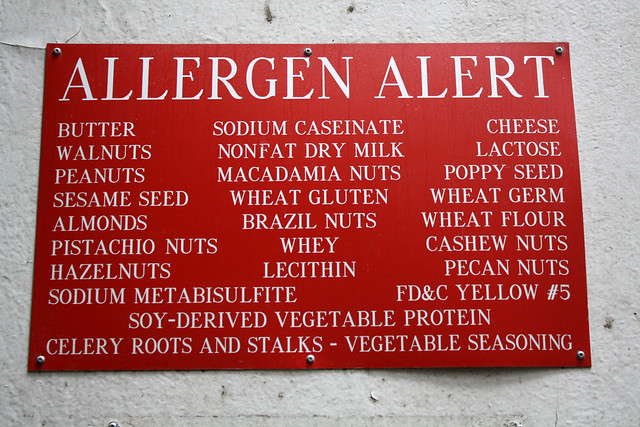
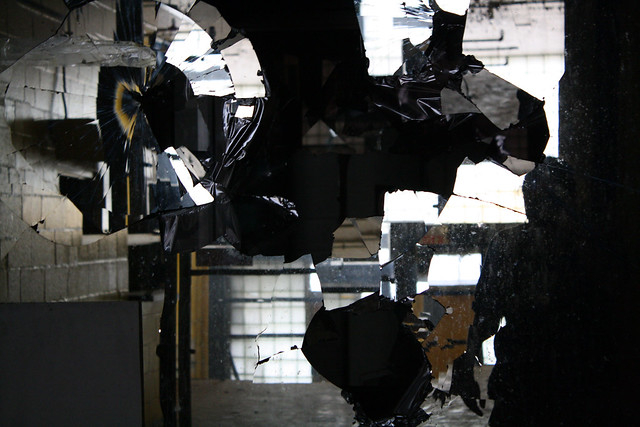
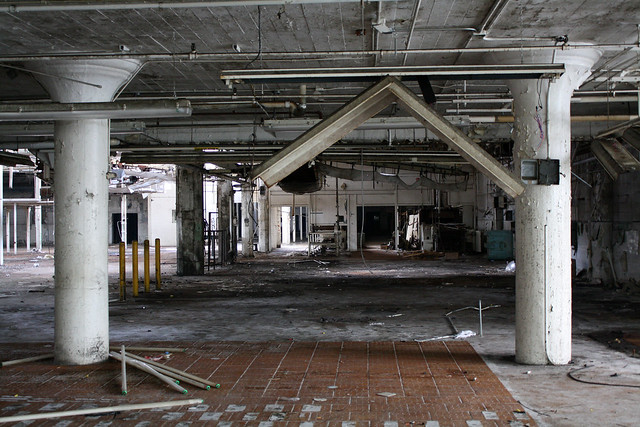

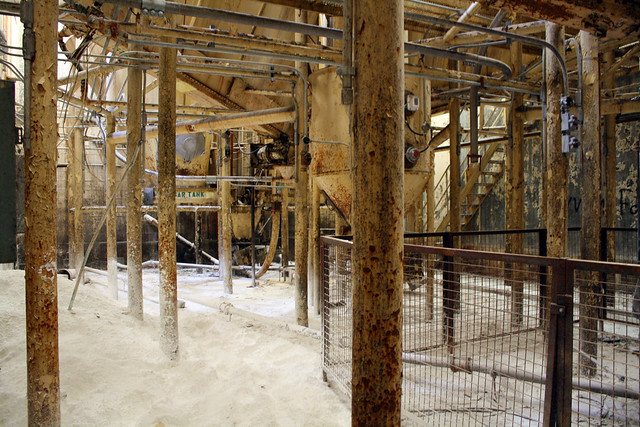


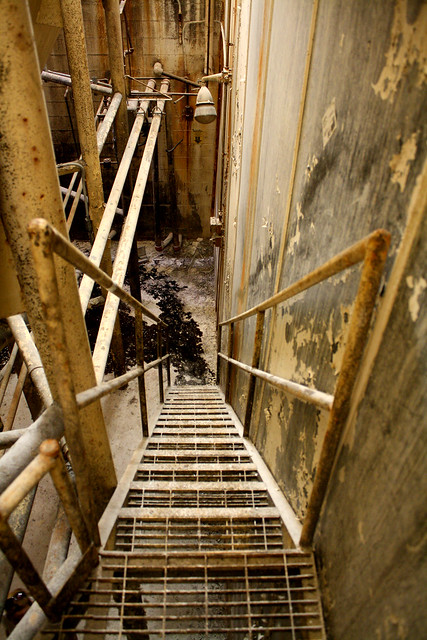

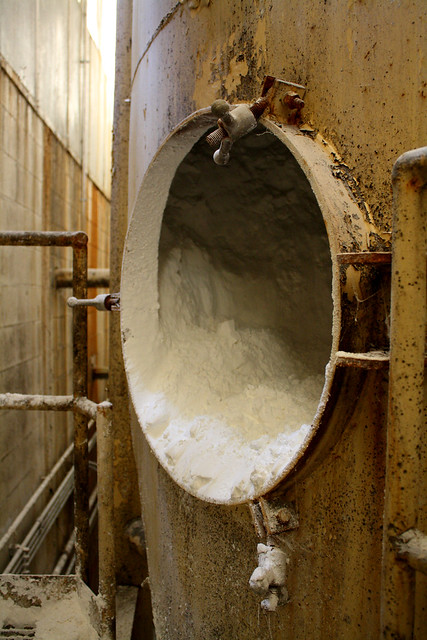
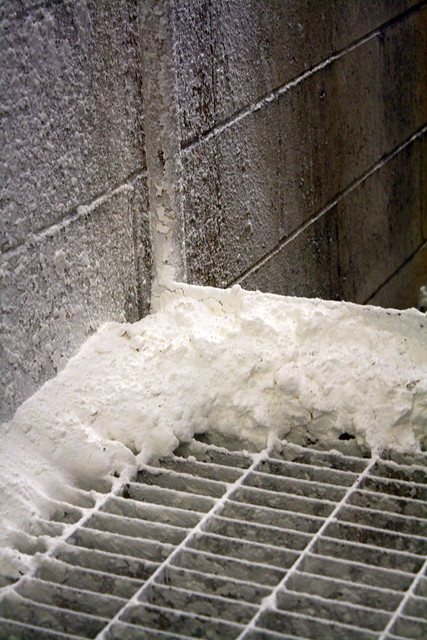


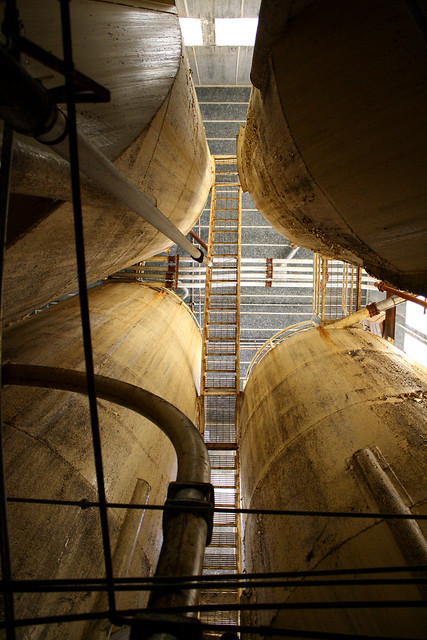

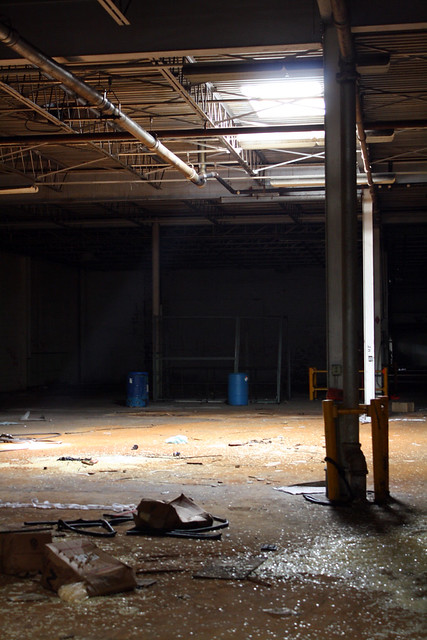
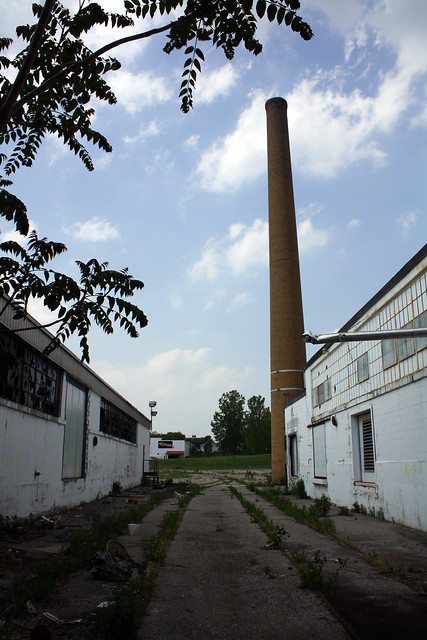
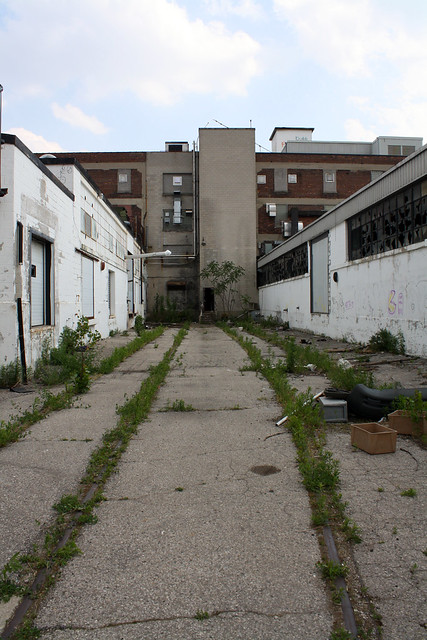

And that's the way the cookie crumbles.
click here to check out all of jerm & ninja IX's ABANDONMENT ISSUES


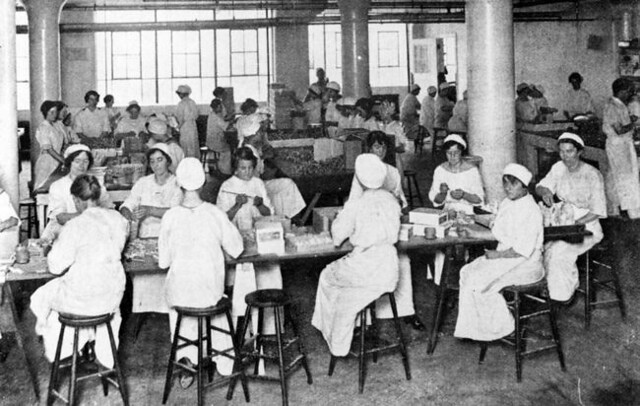
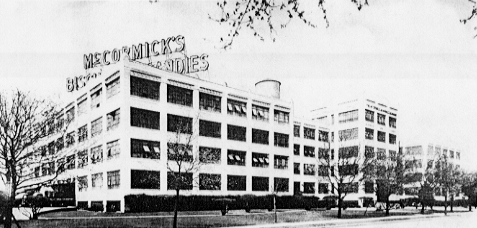
1 comment:
I'm old enough to remember buying McCormack's candy. I didn't know they had gone out of business. What a shame to lose a Canadian business which had grown so well earlier on. Thanks for adding the details and history along with your photos. I don't do that with my explorations photos but I admire those who do.
Post a Comment